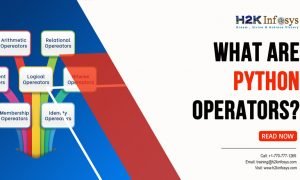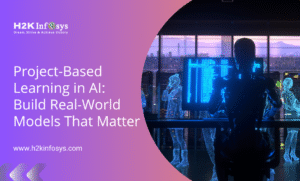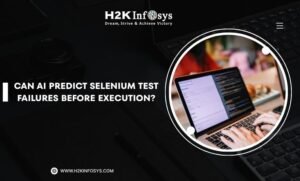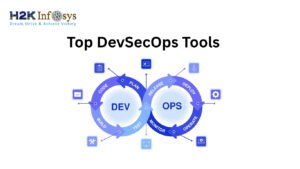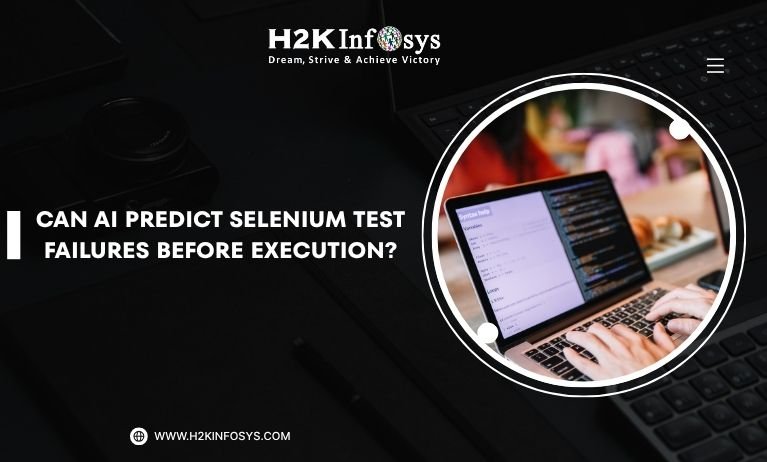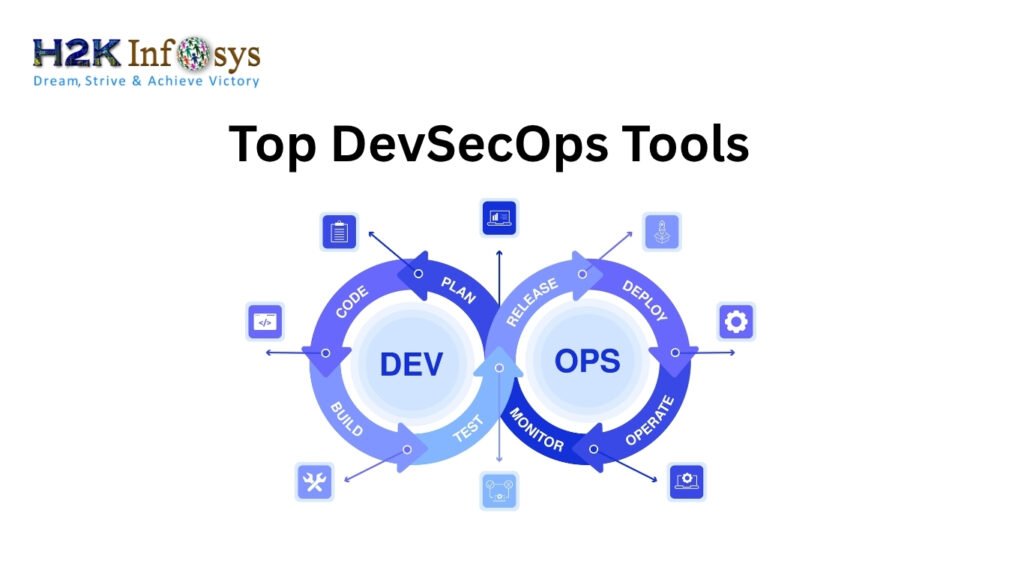Continuous Integration and Continuous Deployment (CI/CD) are critical components of modern software development and DevOps practices. They streamline the process of integrating code changes, automating testing, and deploying applications, resulting in faster and more reliable software delivery. Whether you’re a seasoned DevOps engineer or a newcomer looking to break into the field, understanding key CI/CD concepts and common interview questions can give you an edge in the job market.
In this blog, we’ll explore some of the most frequently asked CI/CD interview questions, providing detailed answers and explanations to help you prepare for your next interview.
Top CI/CD Interview Questions
What is CI/CD, and Why is it Important?
CI/CD stands for Continuous Integration and Continuous Deployment. CI involves automatically integrating code changes from multiple contributors into a shared repository, ensuring that the software is always in a releasable state. CD extends this by automating the deployment process, allowing for rapid and reliable releases.
Why It’s Important:
- Efficiency: Automates repetitive tasks, reducing manual intervention.
- Quality: Continuous testing catches bugs early, improving software quality.
- Speed: Faster releases enable quicker feedback and iteration.
- Collaboration: Facilitates better teamwork and communication among developers.
What are the Key Components of a CI/CD Pipeline?
A CI/CD pipeline consists of several stages, each responsible for a specific aspect of the integration and deployment process. Key components include:
- Source Code Management: Tools like Git manage code versions and track changes.
- Build Automation: Tools like Jenkins or Travis CI compile the code and create build artifacts.
- Automated Testing: Unit, integration, and acceptance tests validate the software.
- Deployment Automation: Tools like Kubernetes or Ansible manage the deployment process.
- Monitoring and Logging: Tools like Prometheus and Grafana monitor the system’s health.
Explain the Difference Between Continuous Integration, Continuous Delivery, and Continuous Deployment.
- Continuous Integration (CI): Focuses on automating the integration of code changes into the main branch, running automated tests to ensure stability.
- Continuous Delivery (CD): Extends CI by automating the release process, allowing code to be deployed to production environments manually.
- Continuous Deployment: An advanced practice where every change that passes the automated tests is automatically deployed to production, requiring a high level of automation and confidence in the pipeline.
What are Some Popular CI/CD Tools?
Some of the widely used CI/CD tools include:
- Jenkins: An open-source automation server that supports building, deploying, and automating projects.
- Travis CI: A cloud-based CI/CD service integrated with GitHub.
- CircleCI: A flexible CI/CD platform supporting various languages and environments.
- GitLab CI: A built-in CI/CD tool in GitLab, offering robust integration with version control.
- Bamboo: A CI/CD server from Atlassian, integrated with Bitbucket and Jira.
- GitHub Actions: A CI/CD solution within GitHub, allowing automation directly from the repository.
How Do You Handle Rollbacks in a CI/CD Pipeline?
Rollbacks are essential for reverting to a previous stable state when a deployment fails. Common rollback strategies include:
- Versioned Artifacts: Keep track of build artifacts with version numbers, allowing for easy re-deployment of older versions.
- Blue-Green Deployment: Maintain two identical environments (blue and green). If the deployment fails, switch back to the previous environment.
- Canary Releases: Gradually roll out changes to a small subset of users, monitoring for issues before full deployment.
What is a Canary Deployment, and When Would You Use It?
A canary deployment is a strategy where a new version of the application is gradually rolled out to a small subset of users before deploying it to the entire user base. This approach allows for real-world testing and minimizes the impact of potential issues.
When to Use It:
- When releasing new features that need validation in a production environment.
- When the risk of bugs is high, and you want to minimize the impact.
- When gathering real-world performance data before full-scale deployment.
What is Infrastructure as Code (IaC), and How Does It Relate to CI/CD?
Infrastructure as Code (IaC) is a practice where infrastructure configurations are defined and managed through code, enabling automated provisioning and management of resources. Tools like Terraform, Ansible, and CloudFormation are commonly used for IaC.
Relation to CI/CD:
- Consistency: Ensures that environments are consistently configured.
- Version Control: Allows infrastructure to be versioned and tracked.
- Automation: Facilitates automated setup and teardown of environments, integrating seamlessly with CI/CD pipelines.
How Do You Ensure Security in a CI/CD Pipeline?
Security is a crucial aspect of the CI/CD process. Key practices include:
- Code Analysis: Implement static code analysis tools to detect vulnerabilities.
- Secrets Management: Use tools like HashiCorp Vault or AWS Secrets Manager to manage sensitive information securely.
- Access Control: Implement role-based access control (RBAC) to restrict permissions.
- Security Testing: Integrate security testing tools like OWASP ZAP to identify potential vulnerabilities.
What Challenges Might You Encounter When Implementing CI/CD, and How Would You Overcome Them?
Common challenges include:
- Complexity: Managing multiple tools and environments can be complex.
- Cultural Resistance: Team members may resist changes in workflows.
- Testing Bottlenecks: Slow or inadequate testing can hinder the pipeline.
Overcoming Challenges:
- Automation: Automate as much as possible to reduce manual errors.
- Education and Training: Provide training to team members on CI/CD best practices.
- Scalable Testing: Implement parallel testing and optimize test suites.
How Do You Monitor and Maintain a CI/CD Pipeline?
Monitoring and maintaining a CI/CD pipeline is crucial for ensuring smooth operation. Key practices include:
- Monitoring Tools: Use tools like Prometheus, Grafana, and ELK stack to monitor metrics and logs.
- Alerting: Set up alerts for failures or performance issues.
- Regular Audits: Conduct regular audits of the pipeline to identify and address inefficiencies.
- Documentation: Maintain clear documentation of the pipeline’s structure and processes.
How Do You Handle Dependencies in a CI/CD Pipeline?
Dependencies can include libraries, services, or other applications required by your project. Handling them involves:
- Dependency Management Tools: Use tools like Maven, npm, or pip to manage dependencies.
- Version Locking: Lock dependency versions to prevent unexpected changes.
- Environment Isolation: Use containers or virtual environments to isolate dependencies.
What is the Role of Docker in CI/CD?
Docker is a containerization platform that packages applications and their dependencies into isolated containers. In a CI/CD context, Docker provides:
- Consistency: Ensures consistent environments across development, testing, and production.
- Scalability: Facilitates horizontal scaling by running multiple container instances.
- Portability: Allows applications to run on any platform that supports Docker.
Conclusion
CI/CD is a cornerstone of modern software development, enabling rapid and reliable software delivery. Understanding the concepts, tools, and best practices associated with CI/CD is essential for any DevOps professional. By familiarizing yourself with these common interview questions and answers, you’ll be well-prepared to demonstrate your knowledge and expertise in your next interview. Remember, continuous learning and staying updated with the latest trends and technologies are key to success in the ever-evolving world of DevOps.





